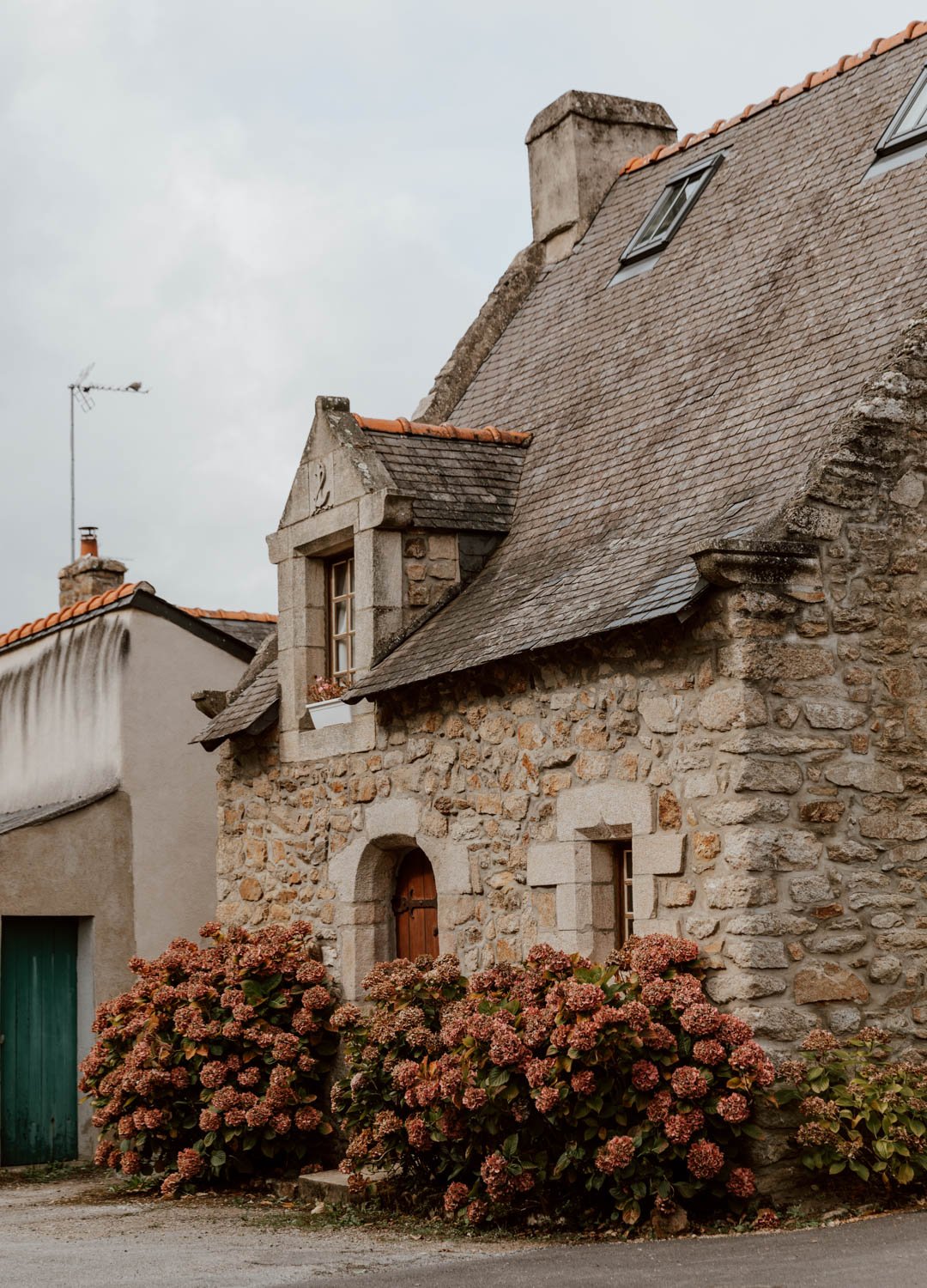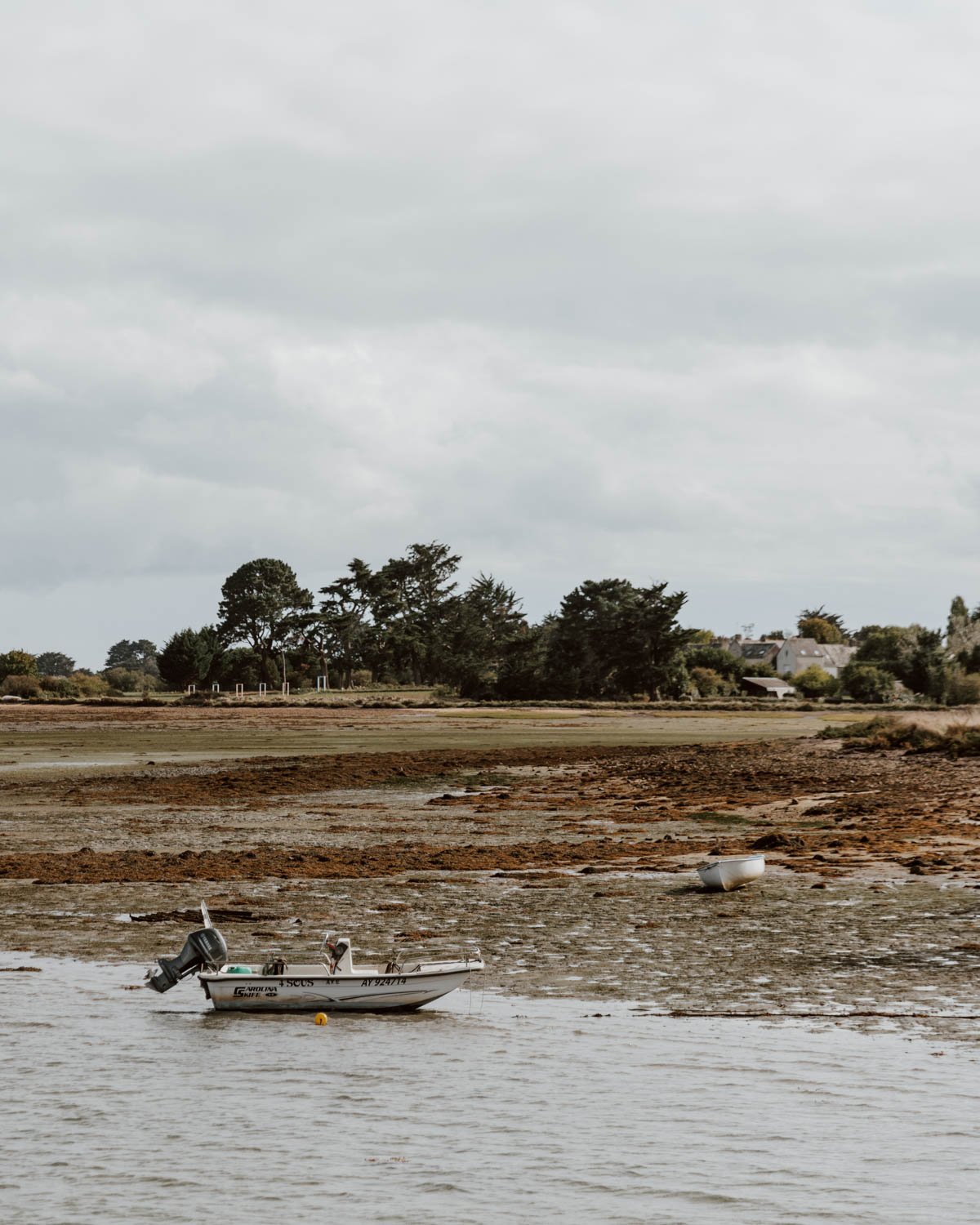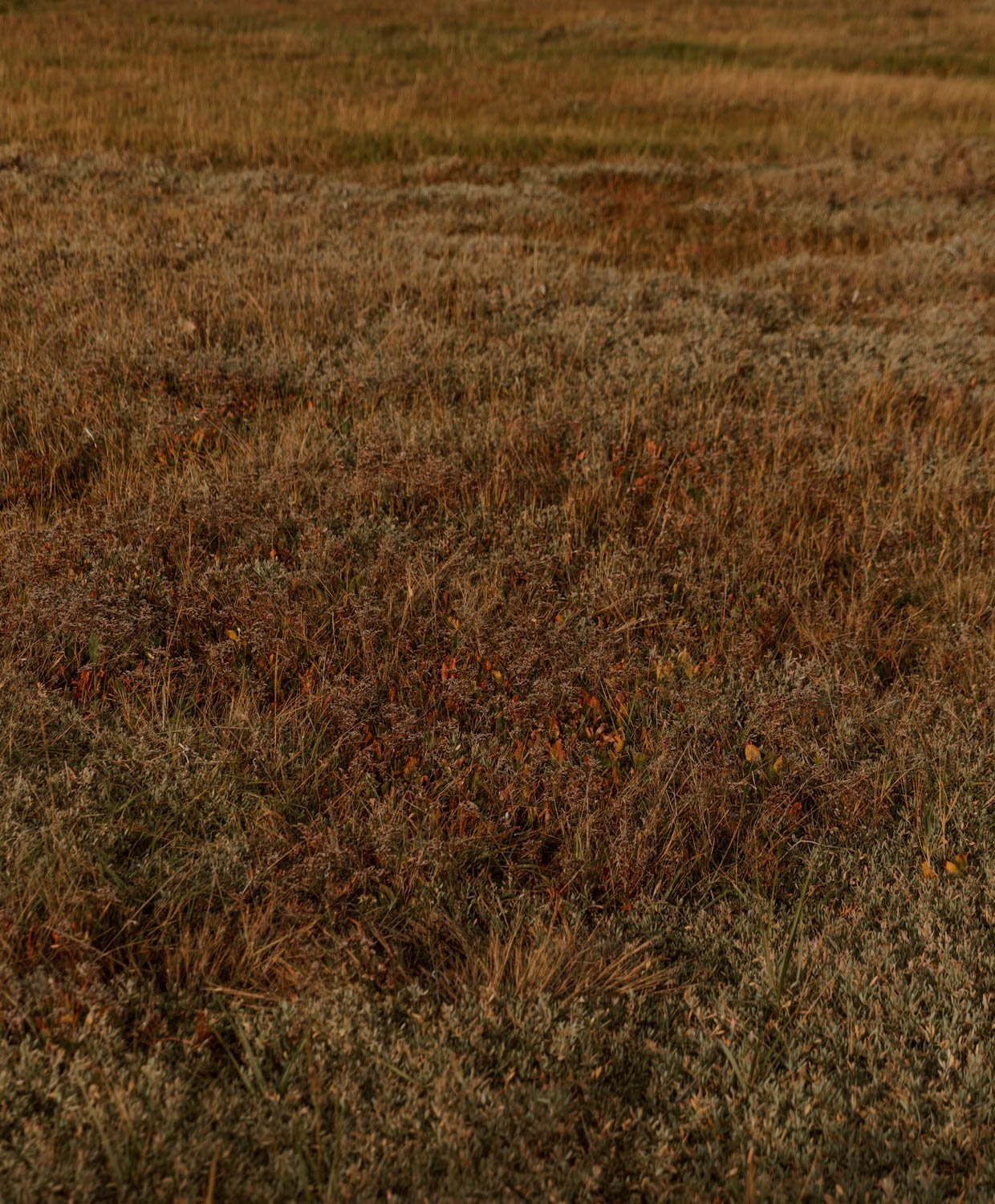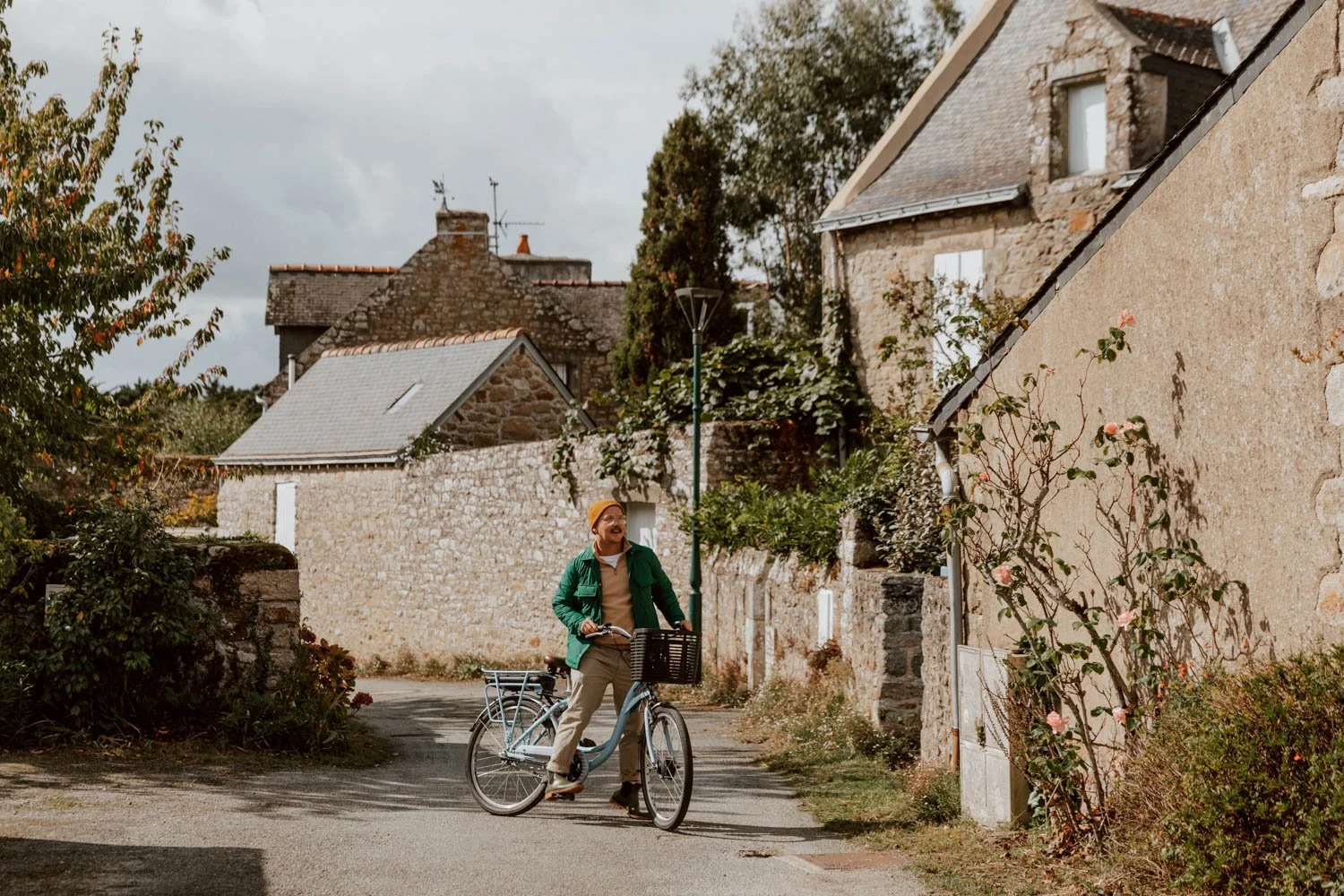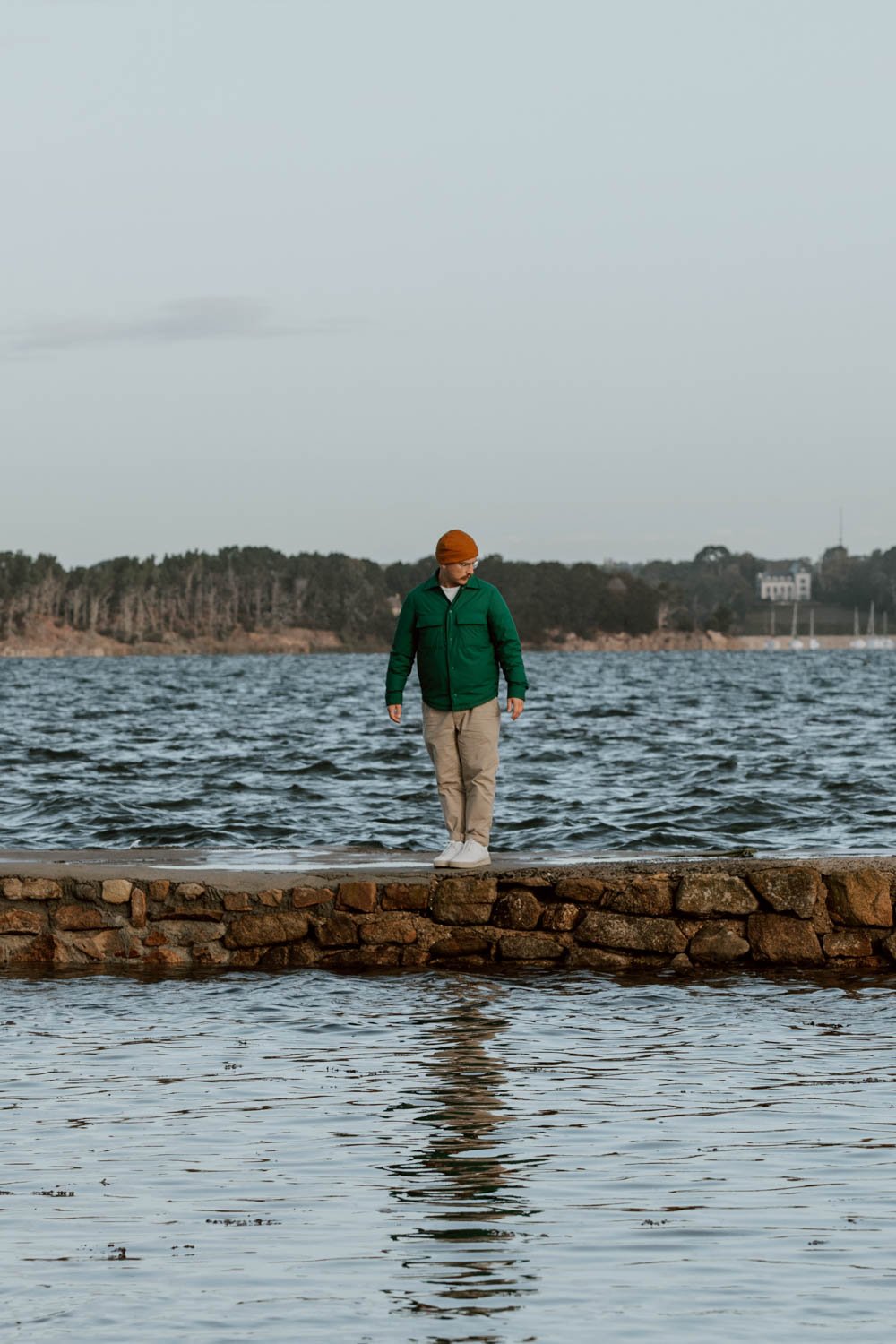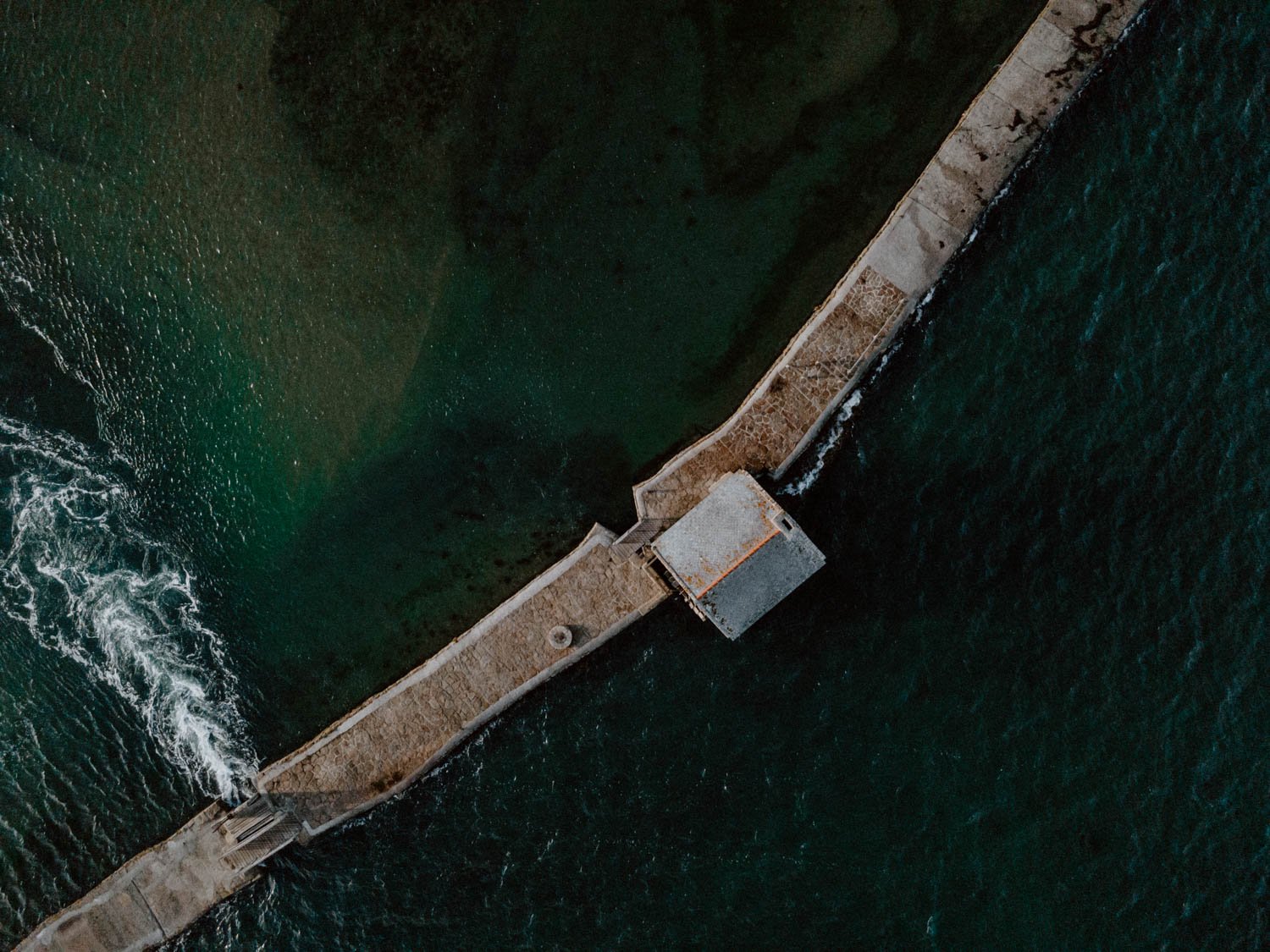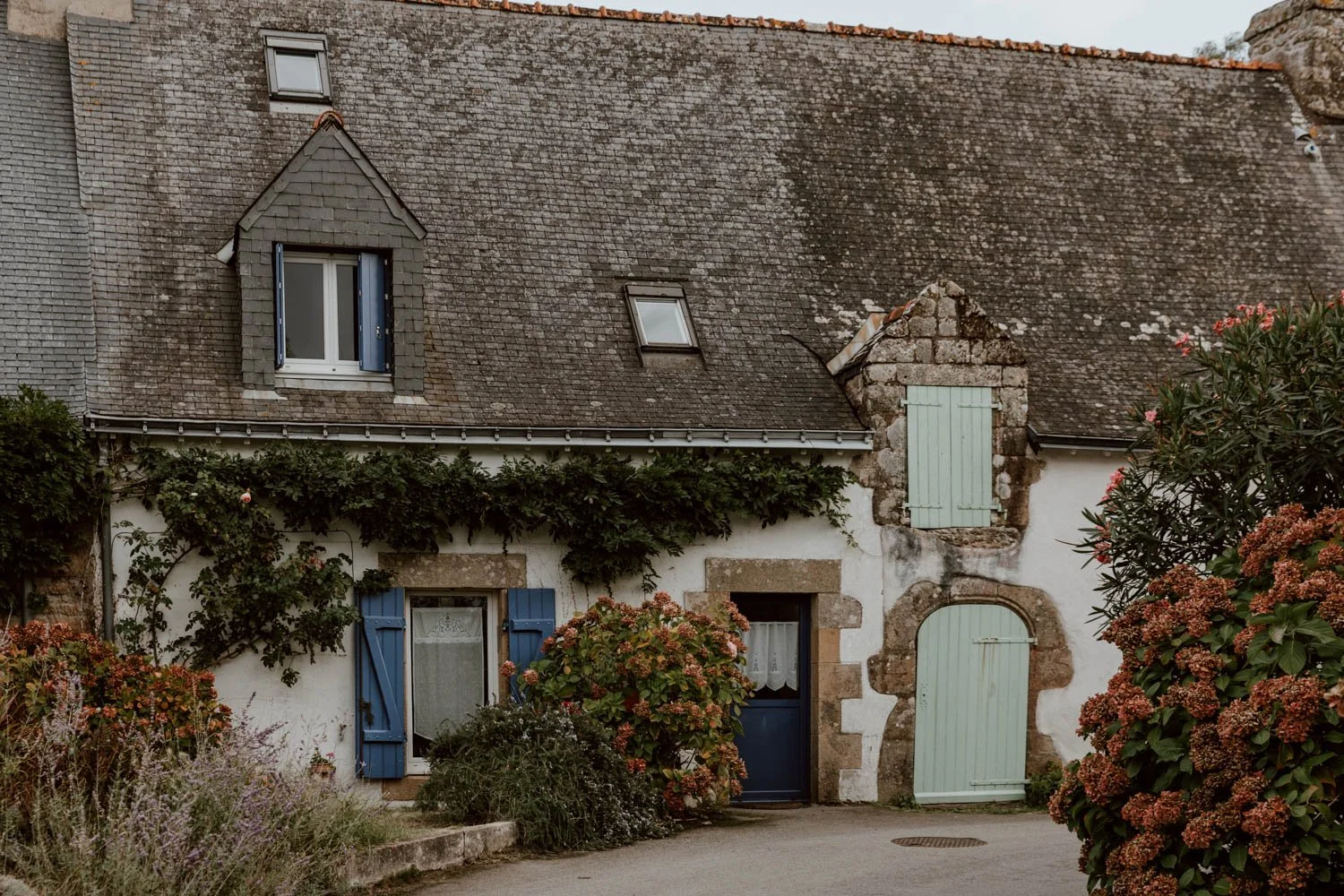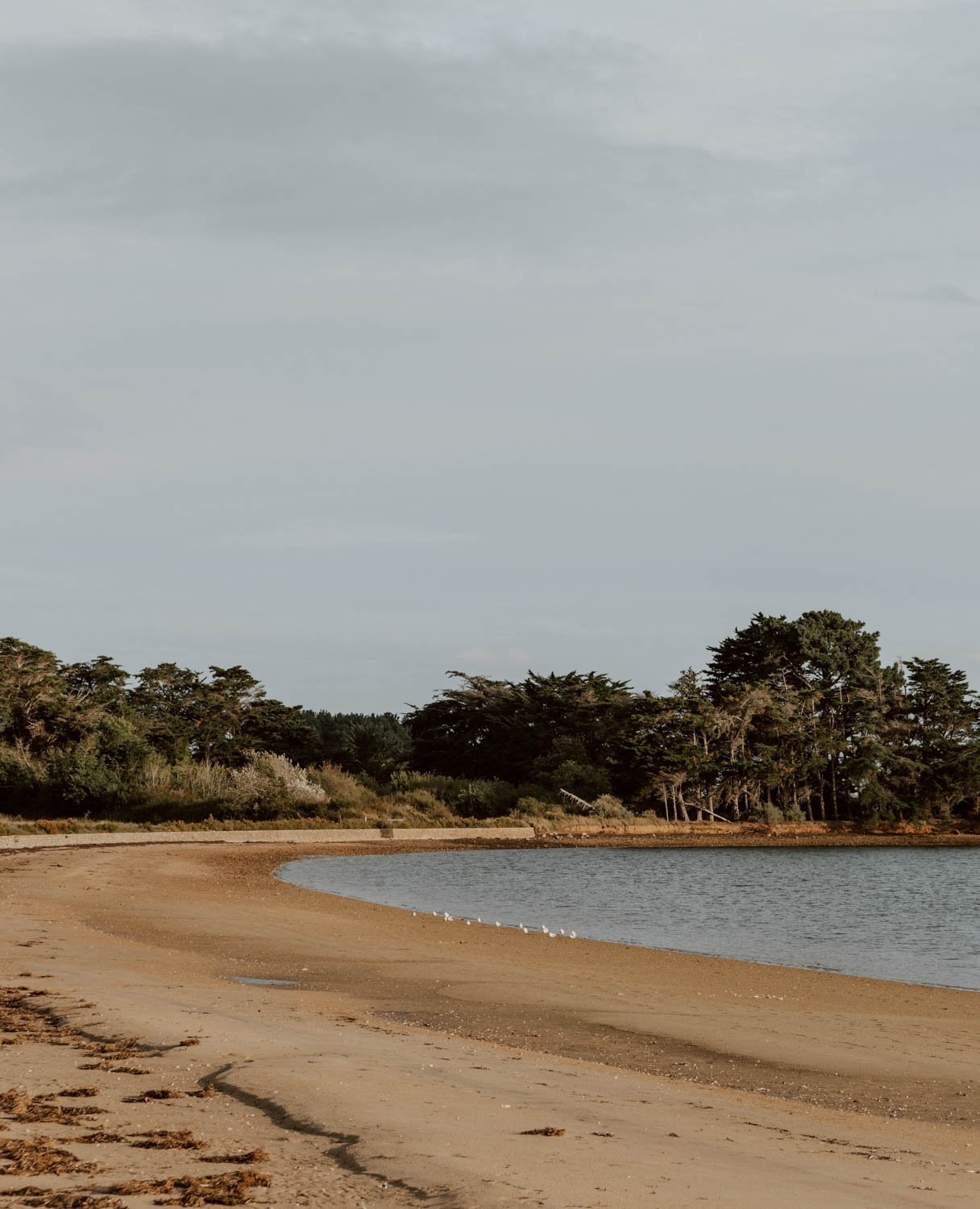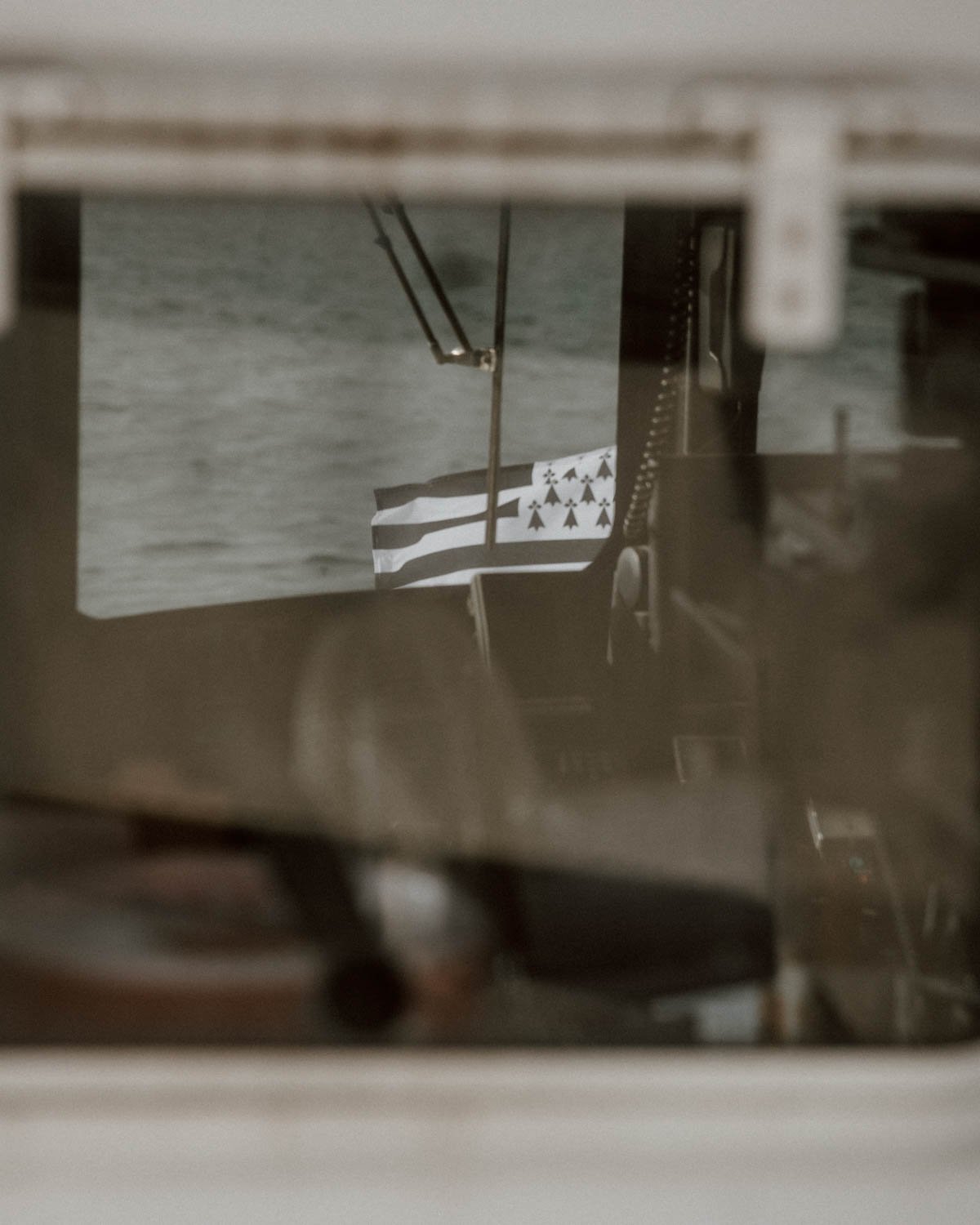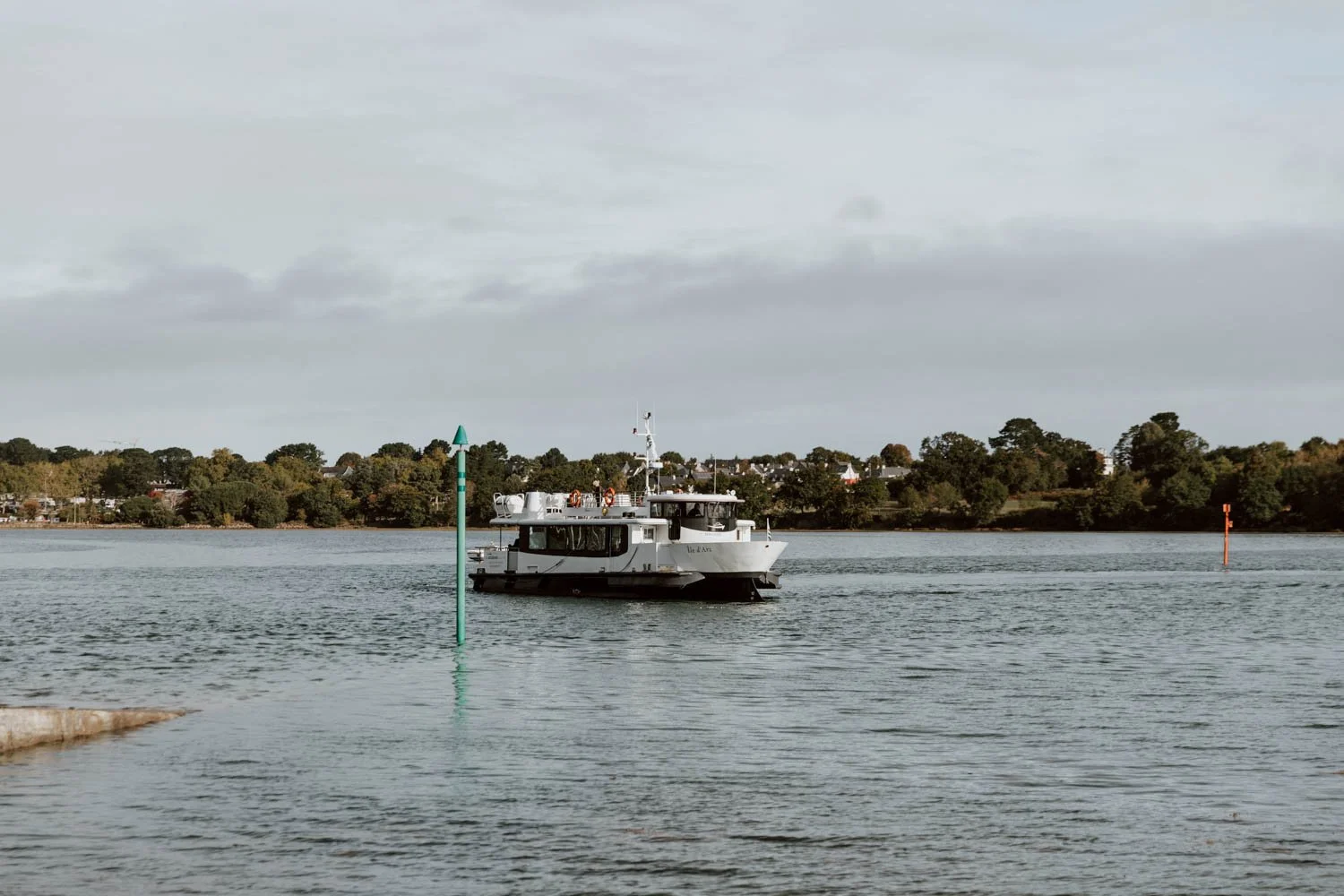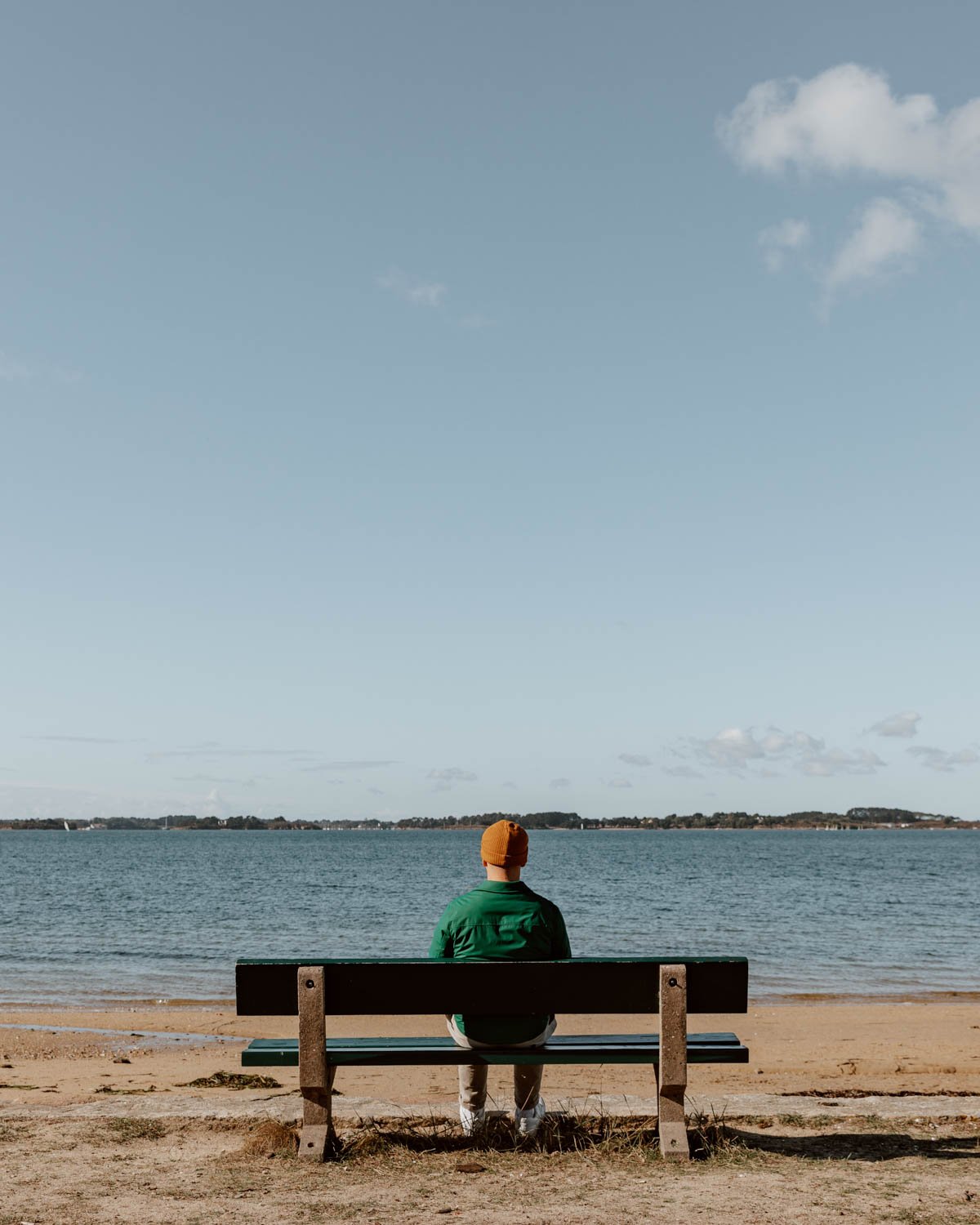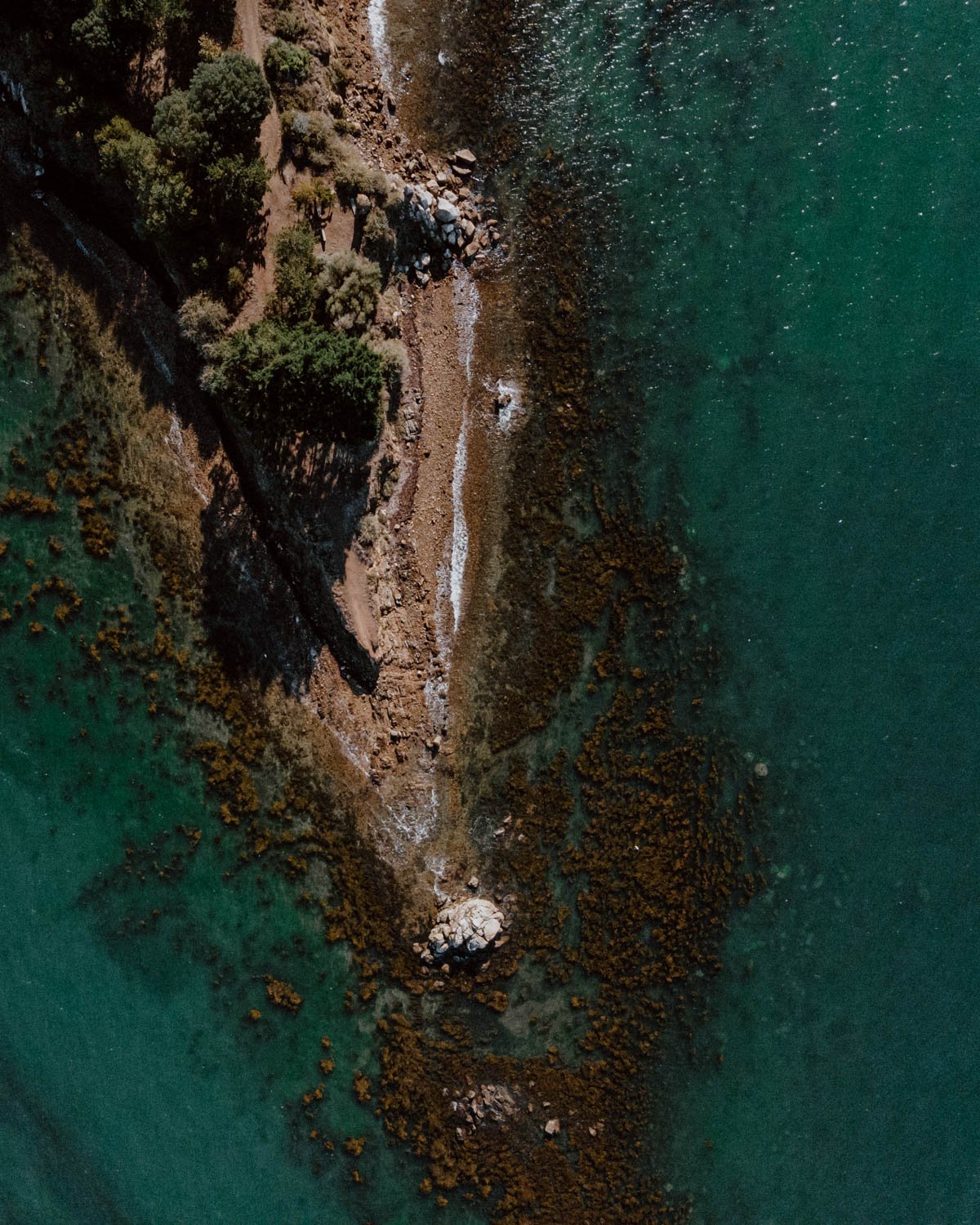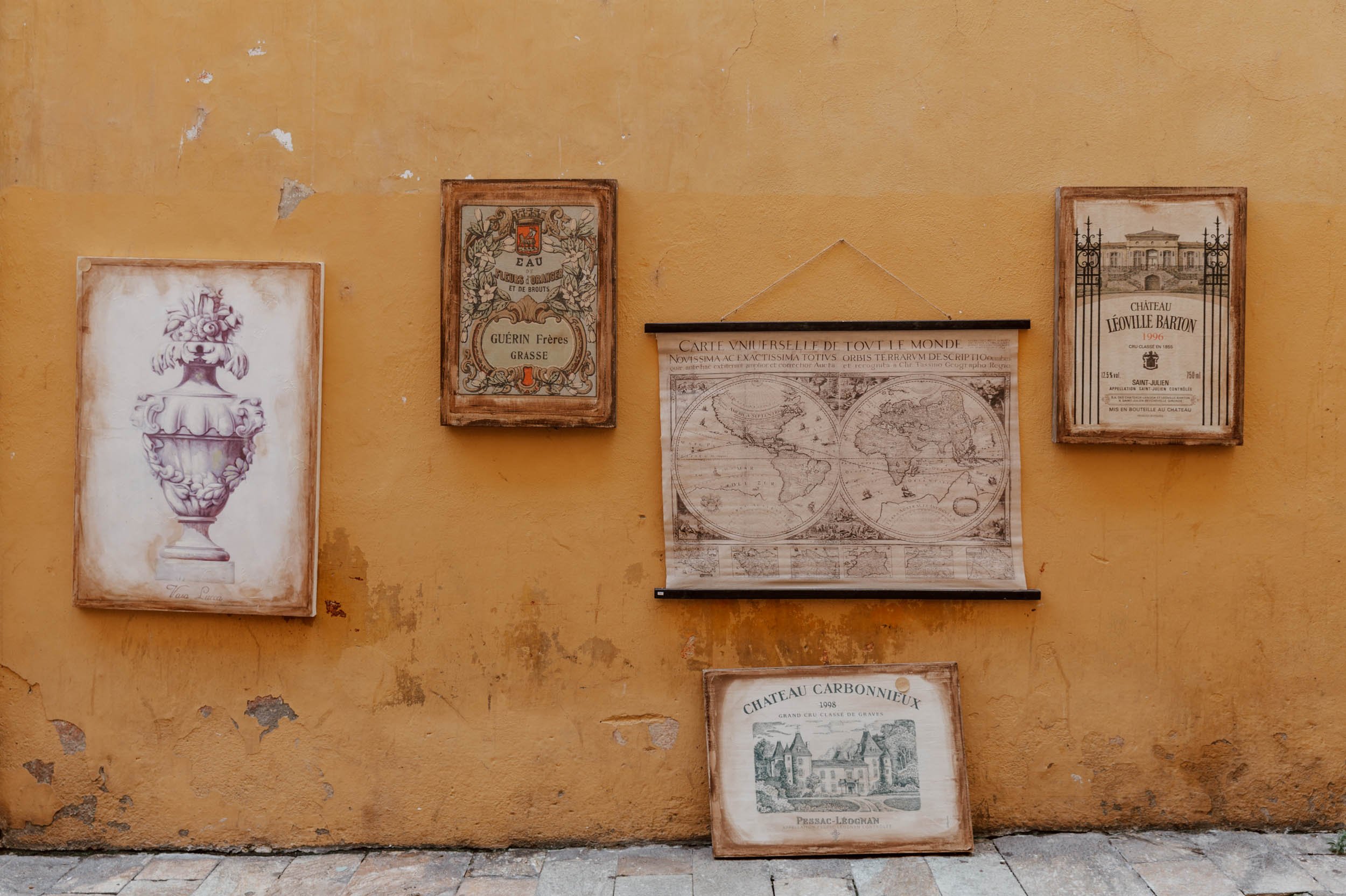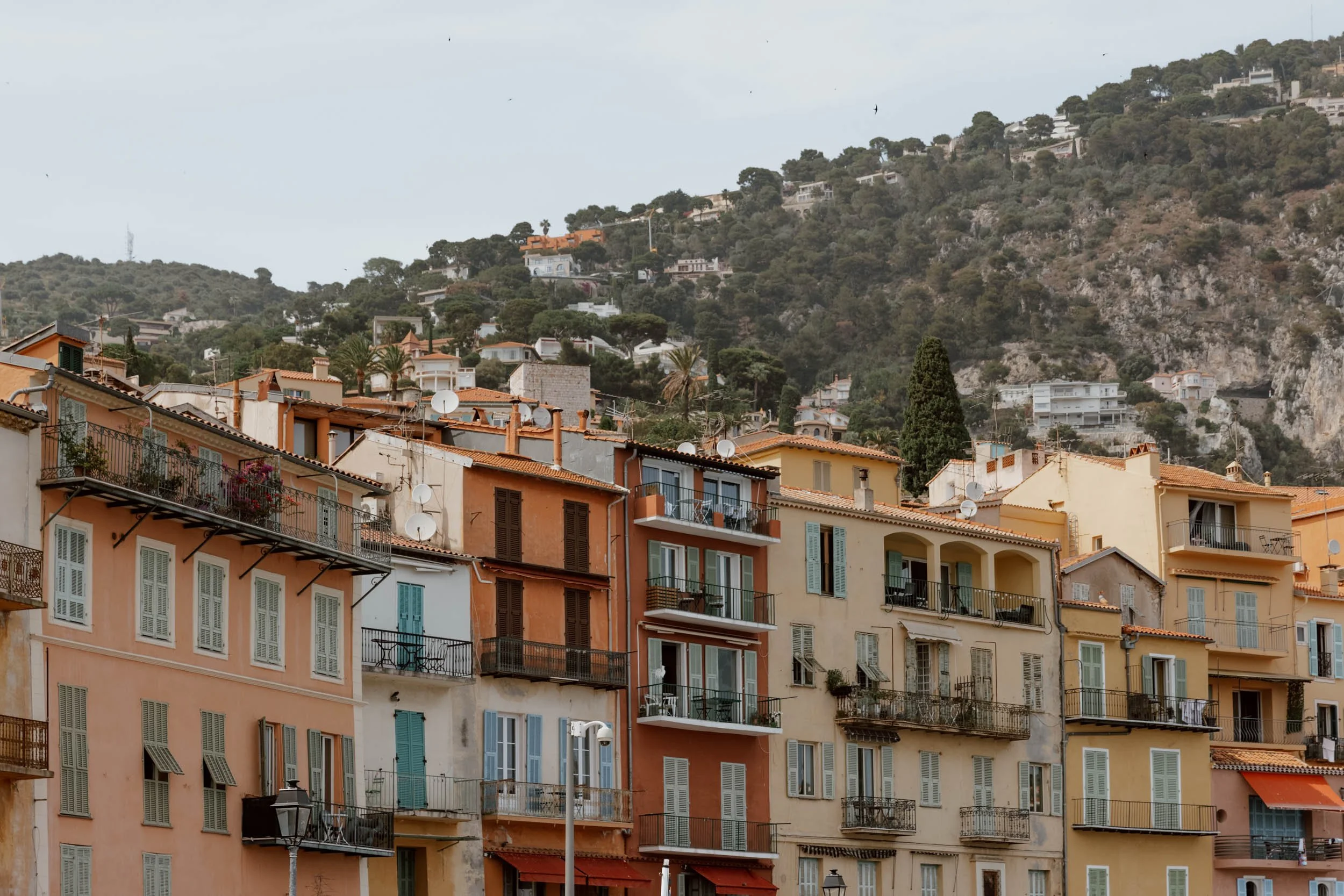You are never far from the sea on an island this small.
Accessible only by ferry and home to a permanent population of just 250 people, flocks of migratory birds, and a bewildering number of pheasants, Île-d'Arz is a little community on a little island within the 'little sea' of Brittany.
Not quite car-free, though one could be forgiven for forgetting they exist here, it's an unspoiled place that's best explored slowly on two feet or two wheels.
It's one of 42 islands within the Gulf of Morbihan's largely unpopulated archipelago, in the far south of the lovely French region, and a place that nature lovers and walkers sail toward from spring to late summer to pedal unhurriedly and picnic on fresh oysters, learn to sail, disconnect, or forget themselves in the pastoral tranquility.
Days are planned according to the the comings and goings of boats, and rhythms and whims of the infamous tide, which will wash over or reveal the little beaches and a cornucopia of marine fauna on a muddy shore.
Though geographically close to the mainland, it feels a world away.
In French, the word for those who live on an island is 'insulaire', and it doesn't take a linguistic genius to connect the etymological dots from there to the English 'insular'; to be cut off, isolated, withdrawn. Such words are tinged with negativity, but perhaps there's more virtue to be found in them as, after all, that's what you come to a place like this in search of.
Arz however seems to straddle the best of both worlds: there is a solitary supermarket, a single school, and one small bus, but it's just a 30-minute ferry ride from the wealthy, pretty market town of Vannes.
In this guide to Île-d'Arz, we've shared everything you need to plan a day trip or stay on the island , including tips on bicycle routes and coastal walking trails, advice on the ferry, and essential travel tips the island which is so near, but so far from the mainland.
The Coastal Walking Trail
Low, accessible, and flat as a galette, this 17km trail around the island is absolutely the most popular thing do on Île-d'Arz for all ages.
Groups of walkers hit it as soon they disembark the ferry, and it's quite clear to see which day trippers - already picking up a pace with their poles - are very much intent on completing the whole of the loop before lunch.
The coastal trail will take you to pretty much all points of interest and the most captivating viewpoints and corners, including the Berno Moulin and through Le Bourg, so it's a fantastic option if you’ve only got a full morning or afternoon. Taking four hours or so to complete at a reasonable pace, it also means there's ample time to include stops for a swim or picnic if you arrive on an early morning ferry and head back to the mainland in the late afternoon.
Well-marked and clear to join at any point on the island, those arriving on the ferry should simply take the single road on the way out and follow signs from there. However, it's also perfectly possible to simply walk a west coast or east coast section, or cover at leisure in stages over a longer stay; as Arz is only four kilometres long and three kilometres wide, you're never going to be too far away from the trail.
You can find an online overview and map of the route here and here.
Travel Tip // Metal tips on walking poles are not permitted on the island. As the highest point on the island is only 13 metres, and the terrain isn't challenging, we don't actually think you need walking poles at all (unless you prefer or require them for bad knees etc), and you could comfortably walk it in good trainers if the weather has been good.
Also, we don't know why, but we encountered a bewildering number of pheasants on our walks and cycles around the island, so try to avoid their poo!
Rent A Bicycle
Almost as popular as walking its perimeter, exploring the island on a bicycle is a very enjoyable way to spend your time.
The only drawback is that bicycles are not permitted on the majority of the coastal walking trail. This is due to many sections being far too narrow for bicycles and walkers to safely share, but also to protect the island and its nature. It’s obviously really important that we all respect this, and essential to keep an eye out for the wooden signs signalling alternative routes or the sections where bicycles are not permitted.
Due to this, you're best to stick to the defined 10km cycle trail, much of it inland, and simply park up your bicycle nearby at various junctures and join sections of the walking trail on foot (and, as you're never more than 400 metres from the sea here, it's not a chore!).
For example, bicycles aren't permitted on much of the eastern section of the island. Accessible only via a thin road bordered by the muddy wetlands and birds on one side and the sea on the other, you can however easily park up and walk to Plage di Bilhervé.
The Essentials // There are two bicycle rental businesses - The Arz and The Way, and Arz Bike Rental - conveniently situated right by the port. Half-day, full-day, and multi-day rental is available, but we highly recommend reserving ahead of arrival if visiting in July, August, or a summer weekend - our guy told us his 200 or so bikes are all out by the morning every day then! Also, note that one of the these companies only open from April to the end of October.
Visit The Old Water Mill
The most recognisable structure and space on the island is the Moulin àmarée de Berno (the Berno Mill).
Built upon a short 200-metre sea wall by monks in the 16th century, tidal mills like this are a common sight in the Golfe du Morhiban, ingeniously harnessing the high tides to power the grinding of the grain. As with the other mills though, Berno was abandoned to the elements in the face of cheaper technologies and methods, left to fall into an eroded state of disrepair.
The mill was however lovingly and faithfully restored by a group of volunteer islanders in the 1990s and today serves as a testament to island's past.
The setting is totally transformed by the tide, so we recommend trying to swing by twice, at different times of day, if possible; in our view, it's most dramatic and interesting when the tide is up, splashing your feet and lapping over into the estuary as you traverse the narrow stone seawall. However, when its low, the shipwreck and abandoned boats paint quite a different picture.
Note that bicycles are not permitted on the seawall, but you can simply park up next to it and walk over. When we visited, there was a volunteer inside the mill who gave a short explanation on the history and restoration (French only), and donations toward the continuing restoration works are welcome.
Stroll Around Le Bourg
Most of the action on Île d’Arz goes on in ‘Le Bourg’, which is where you’ll find the best part of of the island’s residents, food, drink, and social offerings.
As Arz is relatively untouched and wild, we were actually taken aback by how gorgeous the little settlement is, and it’s as pretty as many a little village on the mainland (particularly when the flowers are in bloom).
Travel Tip // The ferry terminal is a 2km walk from 'Le Bourg', which took us a little by surprise after we got off the ferry. We’ve included tips about how to navigate this if you have luggage, as well as other practical travel tips for the island, at the end of the article.
We also recommend you taking a stroll or cycle to Rue des Oiseaux, on the east side of the island, which also has a gorgeous little settlement of homes and flowers.
Visit The Beaches
We visited Arz at the end of September, and the weather meant that sunbathing wasn't really on the radar. Due to that, it's difficult for us to give you a proper impression of what the collection of beaches here would be like in summer, as we imagine the island would feel quite different when you can splash in the sea and have a day on the sand.
However, we do know that come July and August, the population of the island swells significantly. About 70% of the island’s homes are second-home or principally for holidaymakers, and upwards of 2,000 people can be staying here in the most popular summer months, in addition to day trippers.
Naturally, there are several plages around the island, but some are very small and perhaps more suited to a walk and a forage, rather than for hanging out; sandy Plage de Brouel and Plage de Bilhervé are however the pick of the bunch for a beach day or picnic when the sun is out!
Note that the ebb and flow of the tide will wash over or reveal the beaches and muddy shorelines to explore, so pay attention to when and whether it's in or out.
The Museum & Sailors
Arz's nickname is the 'l’île aux capitaines (the island of captain's) due to number of its men across the generations who went into the sea trade, as well as the sailors who would stop here along their routes. Due to the long, uncertain absences at sea of fathers and sons, the women of the island were responsible for a lot of the agricultural work - fields, livestock, grain, salt, oysters, and seaweed drying - and became known as the island's 'guardians'.
The small Marins & Capitaines centre is the best place to pop by in order to learn a little more about this history and heritage of the island in less than an hour. Just outside Le Bourg, it’s also the main cultural hub on the island, with the occasional event or art exhibition.
You can find up-to-date opening hours and ticket prices on their website. For a more hands-on approach to appreciating this aspect of Arz’s history, you could book a lesson at the Les Glénans sailing school!
Tip // There's only one farm remaining on the island: Ferme de L'Ile d'Arz. Created in 2011 by a group of young farmers, you can find their cheese and little ice-cream tubs at most restaurants!
How To Get To Île-d'Arz
You can only visit Île-d'Arz by ferry, and you have two year-round options for departure - Vannes and Séné.
In Vannes, likely to be the most popular departure point for day trippers, note the Gare Maritime pick-up point (maps) is located a 10-minute drive outside the town (it’s also on a bus route).
In Séné, the ferry pick-up is on Cale de Barrarac’h (maps), and there are two nearby car parks within a couple of minutes walking distance of the ferry stop. You can leave vehicles overnight in either, but note that the closest car park doesn't permit this in July and August and also limits parking to 4 hours in those months.
Whichever you choose, you'll be on the same small ferry, which has regular, almost hourly departures all year from 6.25am, but increases the frequency during the tourism season, particularly in July and August.
Travel time is 30 minutes from Vannes and 15 minutes from Séné, with a return ticket costing €11.50 for adults, €6.80 for children, and €4.20 for doggos! You do also have to pay if bringing over your own bicycle.
It's a pleasant trip, and if the sun is out and the wind is down, you should absolutely head up to the open-air top deck to appreciate the coastline and the other islands you pass by within the archipelago.
The ferry drop-off point is on the northernmost tip of Île d’Arz (maps).
You don't have to reserve a specific ferry departure in advance; just turn up for the one you want. However, as it's small boat with limited capacity, we highly recommend arriving in good time during the peak summer months, otherwise you may not make it on.
You can find the current timetable for the Île d’Arz ferry here.
Travel Tips for Visiting Île-d'Arz
The draw of island life is that it goes to a different rhythm, and you don't necessarily have access to everything you want, whenever you want.
Before you visit Île-d'Arz, and especially if you're planning on staying for a night or two, there are a few practical points to bear in mind and prepare around:
· If you're not sure how to say the name, don't pronounce the ‘z’ and sort of channel your inner pirate to pronounce.
· There's no cash machine. You can pay by card at most businesses, but it's best to bring cash too.
· Except the hotel and cafe by the ferry dock and the other one slightly up the road, the majority of restaurants, cafes, and services are found within and around Le Bourg.
· There's only one supermarket on the island. The little SPAR, situated in Le Bourg, has enough for short accommodated stays, but it's best to bring anything specialist with you if based here longer. It's opening hours are daily in summer from 8.30am to 8pm (shorter on Sundays), but a little more open to interpretation in the off-season, so make a note of them if you pass!
In July and August, there's also a little market in Le Bourg (Monday, Thursday, and Saturday)
· Due to the above, you do need to plan and bring most of what you'll need for a stay in terms of clothing, tech, kit etc.
· We stayed at the lovely, brand new Les Lodges de la Vigne. Opened this summer, it’s a collection of beautifully designed eco-lodges steps from the beach.
· It's always a good idea to book in advance for lunch or dinner, but particularly necessary in summer season.
· It's possible to visit year-round, but May to September is really the tourism season and things will be significantly busier in July and August. Some restaurants are closed from September/November until April/May so, though you can visit year round, do bear in mind that the limited options will be a bit more limited.



